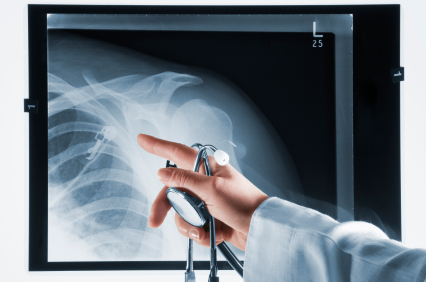School is back in session for some students around the Valley. While the rest of the school districts will follow shortly, this also means sports will be starting up again.
Here are four questions answered on the the importance of getting a sports physical for young athletes.
1. Are sports physicals required for young athletes?
-AIA (Arizona Interscholastic Association): – requires for all high school athletes
1. History form
2. Physical examination form
3. Concussion Acknowledgement form
-Most club leagues have their own forms that are required
2. What are the things you check for during a physical?
-Screening for any abnormalities, red flags that could predispose to injury or harm
-Components
Medical Vital signs: height, weight, blood pressure, pulse, vision
Head to toe: E, E, N, T, heart , lungs, abdomen, genitourinary, hernias, vascular and lymph – pulses, skin
Ortho: Neck, back, shoulder, elbow, wrist/hand, hip, knee, ankle and foot
3. Why is a physical so important for young athletes?
-Detect abnormalities or red flags that point to problems that could be exacerbated with activity
-Medical: heart murmur, breathing problems like asthma
-Ortho: scoliosis, joint laxity (shoulder, knee)
-Athlete specific: Baseball — throwing shoulder & elbow
-Most findings do not prevent clearance for participation; although may require further evaluation
-Findings serve as points of focus for parents, coaches, trainers and physicians to pay particular attention throughout season
4. OrthoArizona partners with school districts in the Valley to provide sports medicine services? Why is this an important partnership?
-Eighteen fellowship trained sports medicine orthopedic & primary care physicians
-Professional, University, high school and club sports
-Raise the standard of care for high school athletes to that of Division 1 University or even professional
-Physicians serve as the “quarterback” to coordinate highest quality care for injured athletes
-Examples:
-Scottsdale partnered with Dignity Healthcare in Gilbert school district 2014/2015
-Best trained ATC’s
-Rapid evaluation
-Rapid and latest and proven treatments to get these athletes back to play faster and more safely
-Ancillary services: surgery facilities, imaging, concussion management and physical therapy
-Education
-Physicals












